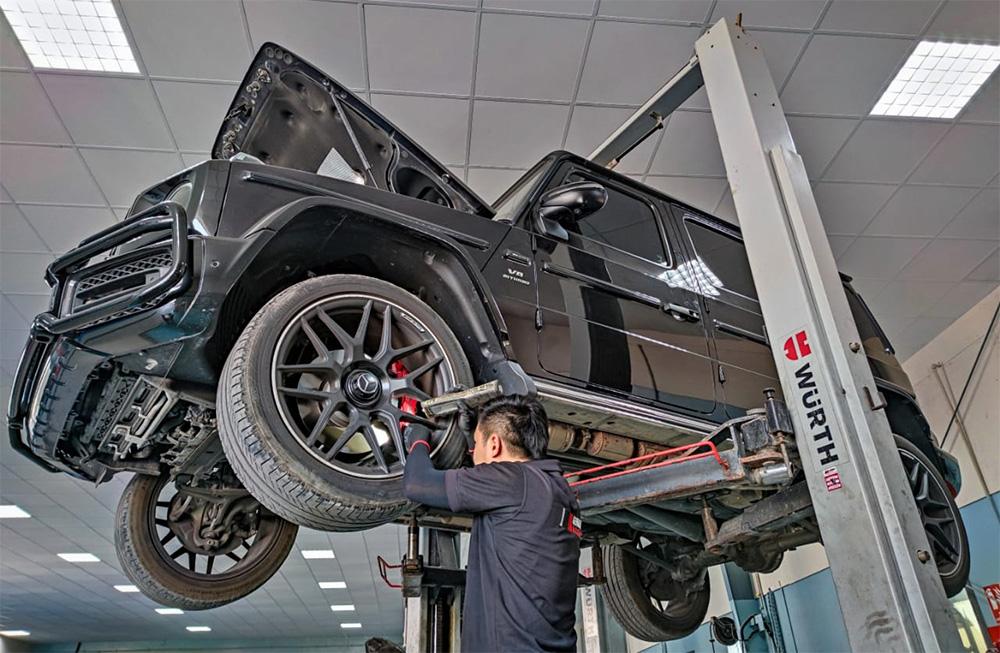
Vehicle insurance cannot exist without the inspection procedure. There are a variety of reasons why a car requires to be inspected. It may have been involved in an accident, in which case the carrier must evaluate the loss, or it may have been on the verge of total loss, in which case the insurance must decide whether salvage is necessary. Before leasing out cars, a vehicle examination is also necessary to uncover any concealed faults and determine the true "health" of the vehicle. Whatever the cause, if all parties engaged in the procedure don't have a clear understanding of what it comprises, the vehicle testing procedure could become a drawn-out affair.
There are a number of steps in the vehicle inspection procedure
- The inspector must first confirm some information regarding the car and the owner before beginning the real inspection of the vehicle. When a customer approaches an insurance provider or broker for an examination, they record these details. The make, model, year of manufacturing, and the unique VIN number assigned to each car are the specifics of the vehicle that must be taken into account (marked under the wind-shield).
- An inspector first finishes a few preliminary tasks before disassembling the vehicle to examine each component separately. They include recording the odometer reading and confirming that the car usually starts and thus the engine turns over. This is well-documented for future use as well as for the car owner's proof. The inspector can now proceed to evaluating the state of a vehicle's components.
- A car's damage to the sections that are immediately visible is noticeable to the naked eye. Before moving on to the damage that is "invisible," vehicle inspectors will take care of this first. There is no predetermined sequence for doing this, although checklists are available to guarantee a thorough task was completed. These checklists cover the interior as well, such as the steering wheel, windows, the gear stick, and even beneath the hood for leaks or microscopic parts that are misaligned or out of place. They also cover mirrors, windscreens, taillights, fenders, doors, tyres (for tread depth or grip), and the exterior.When evaluating a vehicle's damage, the inspectors also use a binary, broken or not broken checklist, while others may employ a graded % rating. Inspectors will look for flaws in the fitting, durability, and for cracks, scratches, and dents. Vehicle inspectors will take thorough notes at every stage of the inspection process. It is very encouraged that they snap images from various perspectives in addition to taking notes so that there is visual proof.
- Up until this point, a full manual inspection of a vehicle is still possible. However, occasionally damage caused by an accident or another event, such a flood, may not be apparent to the naked eye. This includes ageing of auto parts, loose wires, excessive moisture, and rusting. The car would have to be disassembled in order to reveal this damage. An inspector would certainly like to prevent doing this, with a few exceptions. So, following the physical inspection, should the vehicle registration procedure come to a complete halt? Without a doubt. Firstly, Human inspectors are limited in their ability to be comprehensive, and secondly, their assessment of the damage may not be totally accurate.

